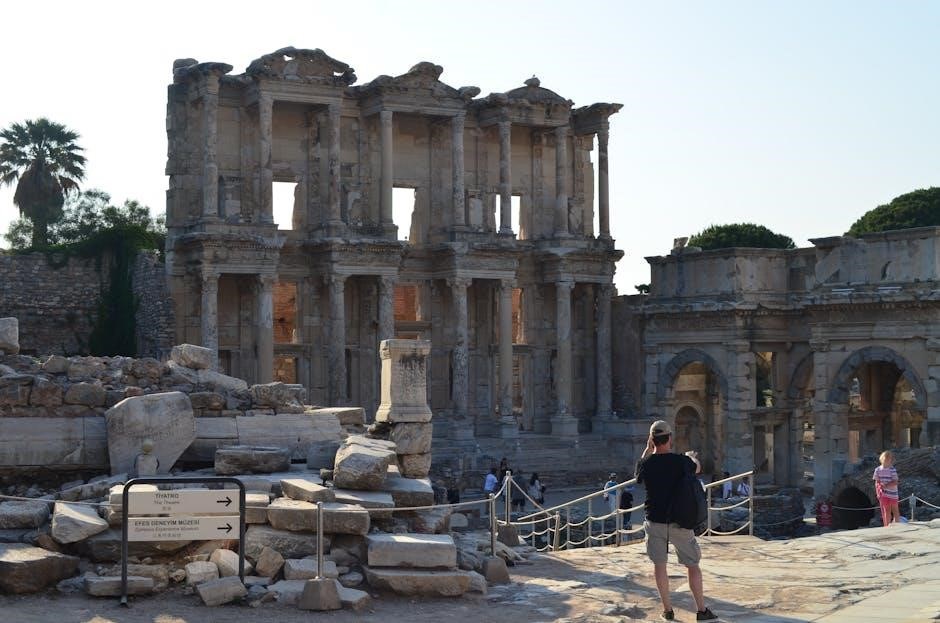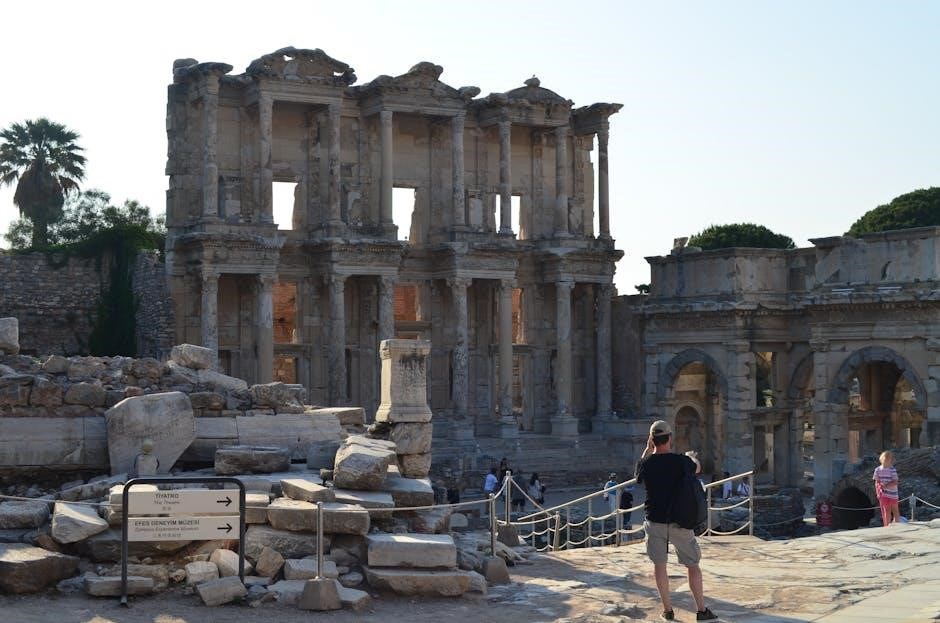rolex guide
Rolex, founded in 1905, symbolizes luxury and precision. Renowned for iconic models like the Submariner and Daytona, Rolex combines innovative craftsmanship with timeless elegance, embodying excellence in watchmaking.
History of Rolex
Rolex, founded in 1905 by Hans Wilsdorf, began its journey in London before relocating to Switzerland in 1919. The brand’s name, Rolex, was officially adopted in 1908. Known for its innovative spirit, Rolex introduced the first waterproof watch, the Oyster, in 1926, and the Perpetual Rotor in 1931, revolutionizing self-winding movements. The Submariner, launched in 1953, became the first dive watch with 100-meter water resistance, while the Daytona, introduced in 1963, set new standards for chronographs. Rolex’s legacy is built on precision, durability, and iconic designs, earning it a reputation as a leader in luxury watchmaking. Its history is marked by continuous innovation, making it a symbol of excellence and craftsmanship.
Popular Rolex Models
Rolex offers a wide range of iconic models, each with its own unique character and purpose. The Submariner, introduced in 1953, is a diver’s watch known for its robustness and underwater capabilities. The Daytona, launched in 1963, is a chronograph designed for racing enthusiasts. The GMT-Master, debuted in 1954, is favored by travelers for its dual-time-zone functionality. The Datejust, introduced in 1945, is a versatile and elegant choice, while the Day-Date, launched in 1956, is often called the “President’s Watch” for its association with world leaders. Other notable models include the Explorer, designed for adventurers, and the Yacht-Master, tailored for sailing enthusiasts. Each model reflects Rolex’s commitment to precision, durability, and timeless design, making them highly sought after by collectors and luxury watch enthusiasts alike.

Factors to Consider When Buying a Rolex
When purchasing a Rolex, consider your budget, wrist size, preferred metal type, and whether the watch is for daily wear or special occasions. Ensure authenticity and warranty.
Budget and Pricing
Setting a budget is crucial when buying a Rolex, as prices vary significantly based on model, materials, and features. Entry-level models like the Oyster Perpetual start around $5,000, while more complex watches like the Daytona or Sky-Dweller can exceed $10,000. Popular models such as the Submariner or GMT-Master II typically fall between $8,000 and $10,000. Factors like precious metals, diamonds, or advanced complications can increase costs dramatically. Certified pre-owned Rolexes may offer better value, often retaining their worth due to the brand’s strong resale market. Research current pricing and consider your lifestyle to choose a watch that fits both your budget and needs. Remember, purchasing a Rolex is a long-term investment, so prioritize authenticity and warranty coverage to ensure your watch’s value endures.
Size and Fit
Size and fit are critical factors when selecting a Rolex, as they significantly impact comfort and aesthetics. Rolex offers various case sizes to suit different wrists, ranging from 31mm to 44mm in diameter. The Oyster Perpetual and Datejust are popular for smaller wrists, while the Submariner and GMT-Master II cater to those preferring larger timepieces. Consider your wrist size and personal style—proportions matter for a balanced look. A watch that’s too large may appear overwhelming, while one that’s too small might seem inconspicuous. Try on different models to ensure the fit feels natural and comfortable. The bracelet or strap should also be adjusted properly to prevent excessive movement. Ultimately, the right size ensures your Rolex is both functional and stylish, making it a pleasure to wear every day.

Metal Types
Rolex offers watches in a variety of high-quality metals, each with unique characteristics. Oystersteel, a corrosion-resistant stainless steel, is durable and versatile, suitable for everyday wear. For a luxurious look, Rolex provides 18k yellow, white, or Everose gold options, offering a classic, elegant aesthetic. Platinum models, such as the Day-Date, exude exclusivity and prestige. Two-tone watches, combining Oystersteel and gold, blend practicality with sophistication. Each metal type caters to different preferences and lifestyles, ensuring a Rolex for every taste. When choosing, consider durability, style, and maintenance. Oystersteel is low-maintenance, while gold and platinum may require more care. Ultimately, the metal choice reflects personal style and the desired balance between luxury and practicality, making it a key decision in selecting the perfect Rolex.

How to Buy a Rolex

Purchasing a Rolex involves researching models, setting a budget, and deciding between new or pre-owned options. Visit authorized dealers for authenticity and guidance to ensure a smooth buying experience.
Buying a New Rolex

Buying a new Rolex is a straightforward process that ensures authenticity and warranty. Start by researching models and their features to find the one that suits your style and needs. Visit an authorized Rolex dealer to explore the collection and receive personalized advice. Dealers often have waitlists for popular models, so be prepared for potential delays. Once you’ve made your choice, the dealer will guide you through the purchase process, including sizing and any customization options. New Rolexes come with a five-year international warranty, covering repairs and maintenance. This ensures your watch is protected and serviced by Rolex-certified experts. Additionally, new models often feature the latest advancements in watchmaking technology and design. Purchasing from an authorized dealer guarantees you’re getting a genuine timepiece, free from any pre-owned wear or alterations. This makes buying new a secure and satisfying experience for first-time buyers and collectors alike.
Buying a Certified Pre-Owned Rolex
Buying a Certified Pre-Owned (CPO) Rolex offers a blend of value, quality, and authenticity. These watches are previously owned but thoroughly inspected, serviced, and certified by Rolex or authorized dealers. A CPO Rolex comes with a 2-year warranty, ensuring reliability and peace of mind. It’s an excellent option for those seeking a luxury timepiece at a lower price point than new models. CPO watches are often in excellent condition, having undergone rigorous refurbishment. They retain much of their value over time, making them a smart investment. When purchasing a CPO Rolex, ensure it’s from a reputable dealer to guarantee authenticity. Check for documentation, such as service records and certification papers, to verify its legitimacy. This option appeals to both first-time buyers and seasoned collectors looking for a high-quality watch without the premium of a brand-new model.
Understanding Rolex Investment Potential
Rolex watches are often considered a viable investment due to their potential to appreciate in value. Certain models, such as the Daytona, Submariner, and GMT-Master, are particularly sought after by collectors and can increase in value over time. The brand’s reputation for craftsmanship and timeless design contributes to its appeal. Additionally, limited editions or discontinued models tend to perform well in the resale market. To maximize investment potential, it’s crucial to purchase watches in excellent condition and maintain proper servicing. Rarity, demand, and historical significance also play a role in determining a Rolex’s value. While not all models appreciate equally, many Rolex watches hold or increase their value, making them a popular choice for both horology enthusiasts and investors. However, it’s important to research thoroughly and seek expert guidance to make informed decisions.

Maintenance and Care
Regular servicing is essential to ensure Rolex watches function optimally. Proper crown handling and avoiding extreme conditions preserve waterproofness. Timely maintenance ensures longevity and retains the watch’s precision and elegance.
Servicing and Waterproofing
Regular servicing is crucial for maintaining the precision and waterproofness of your Rolex. The crown should be screwed down tightly after use to ensure water resistance. Avoid unscrewing the crown underwater, as this can compromise the seal. Rolex recommends professional servicing every 5-10 years to maintain accuracy and functionality. During servicing, the watch is disassembled, cleaned, and reassembled with genuine parts. Waterproofing is tested to ensure the watch meets Rolex’s stringent standards. Proper care extends the life of your timepiece, preserving its elegance and performance. By following these guidelines, you ensure your Rolex remains a reliable companion for years to come.





























































